May 19, 2025 | 12:17 GMT +7
May 19, 2025 | 12:17 GMT +7
Hotline: 0913.378.918
May 19, 2025 | 12:17 GMT +7
Hotline: 0913.378.918
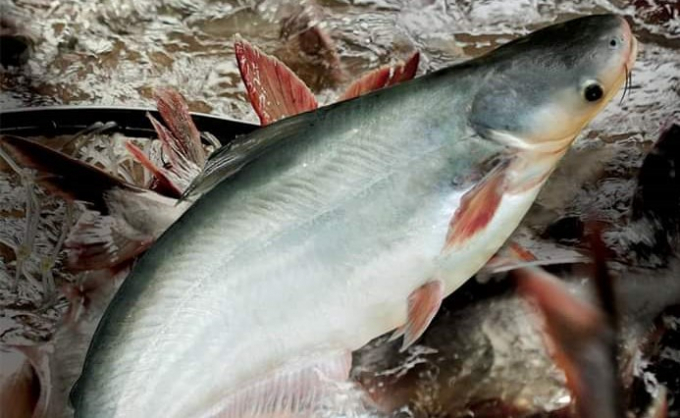
Pangasius export to Russia increased by 83% over 11 months. Photo: TL.
According to the Vietnam Association of Seafood Exporters and Producers, in the first 11 months of this year, Vietnam’s seafood export to Russia reached almost USD 150 million, increasing 27% over the same session of 2020.
The export of all main products to Russia showed increases. In which, pangasius export had the highest increase, with a growth of up to 83%, making nearly USD 30 million and accounting for 19% of the total seafood export to this market.
At the beginning of this year, Russia approved 25 of Vietnam’s seafood businesses, allowing them to export to this market. This helps create chances for Vietnam’s pangasius to enter this market.
Following pangasius, exports of some prioritized seafood products also increased sharply over the last 11 months, reaching more than USD 63 million, accounting for 43%. In which, fishcakes and surimi reached nearly USD 29 million, up 68% over the same session last year and accounting for 19% of the total seafood export value to Russia, yellowstripe scad reached USD 17 million, up 4% and accounting for 14%.
Shrimps export to Russia over 11 months reached nearly USD 41 million, accounting for more than 27%. In which, whiteleg shrimp is the main product, reaching nearly USD 40 million.
Notably, over the last 11 months, fish sauce export and export of other kinds of Vietnam’s seasoning sauces to Russia increased 3 times over the same session last year, reaching nearly USD 1.3 million.
VASEP believes that, with the recent tariff preferences under the Vietnam - EAEU Agreement, Vietnam’s seafood products will have a better competing chance in Russia’s market.
However, Vietnamese seafood export shares in Russia’s total import increased slowly due to Russia's (technical) non-tariff barriers being quite strict. The number of seafood businesses allowed to export to the Russian market is still small due to the complicated registration procedures of the Russian side and the prolonged approval period.
Currently, Russia only approved 50 of Vietnam’s businesses to export seafood to this market, out of a total of 172 Vietnamese businesses applying for registration.
Translated by Hoang Duy
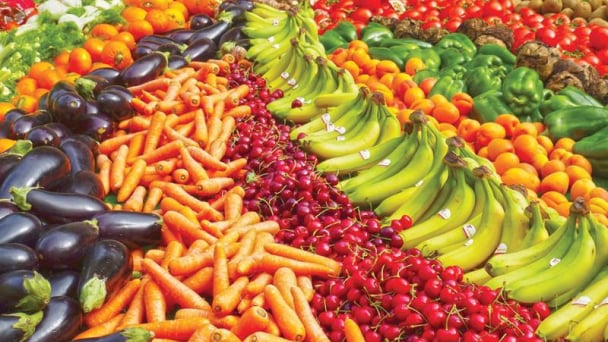
(VAN) On May 15, Ministry of Agriculture and Environment of Vietnam hosted the 'Connecting Vietnam - Germany agricultural, forestry and fishery trade' seminar in Berlin, Germany.
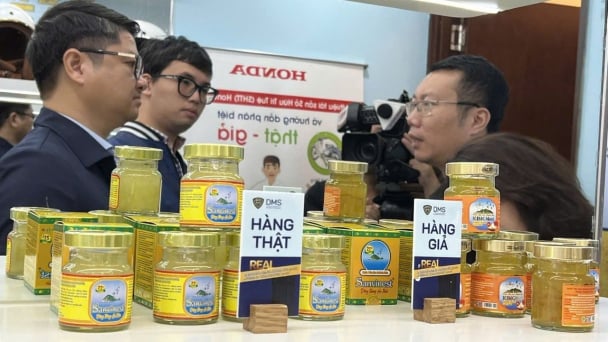
(VAN) In the face of counterfeit and imitation products, Khanh Hoa Salanganes Nest Company hopes for the prompt completion of the legal framework, strict enforcement against violations, and protection of the bird’s nest brand.
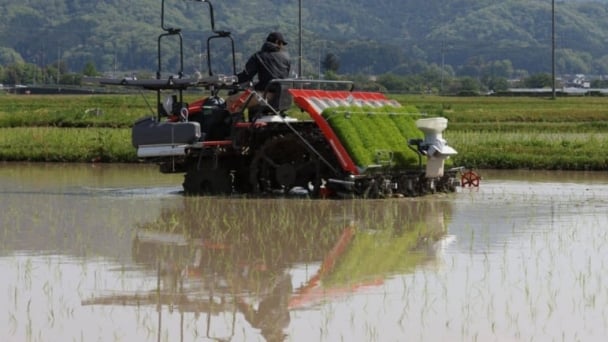
(VAN) Japan's efforts to lower the price of rice through the release of its stockpile may finally be making some progress, albeit at a snail's pace.
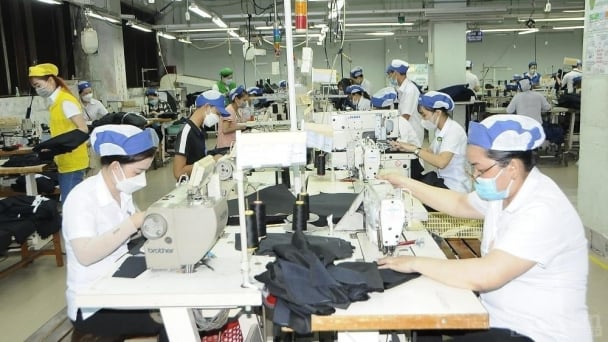
(VAN) U.S. tariffs are not only a 'shock', but also an opportunity for Vietnamese businesses to renew their mindset toward comprehensive development.
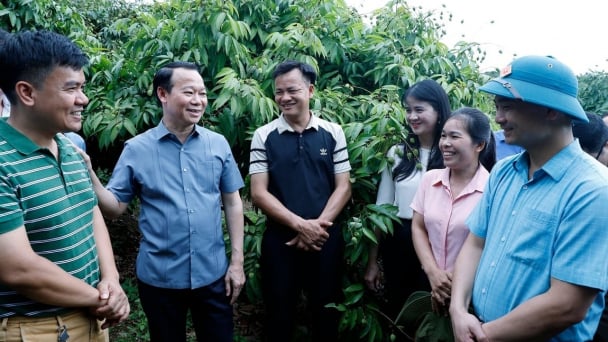
(VAN) As Bac Giang lychee enters the harvest season, Minister Do Duc Duy expects that the fruit will contribute greatly to agricultural exports due to standardized production and deep processing.
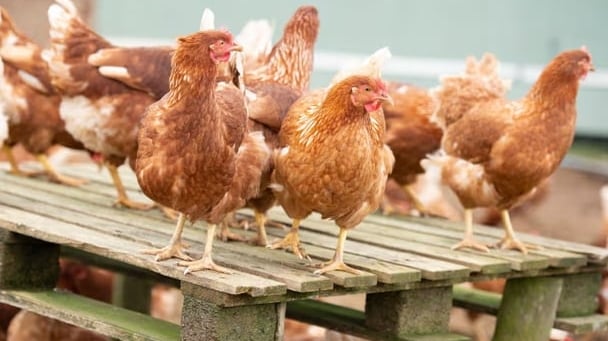
(VAN) Consumers have shown a preference for free-range eggs, but those farming systems are more vulnerable to biosecurity risks like bird flu.
/2025/05/09/5701-1-184335_301.jpg)
(VAN) Vietnam’s eel exports nearly doubled thanks to a mud-free farming model, opening up new prospects while still facing numerous barriers related to international standards.